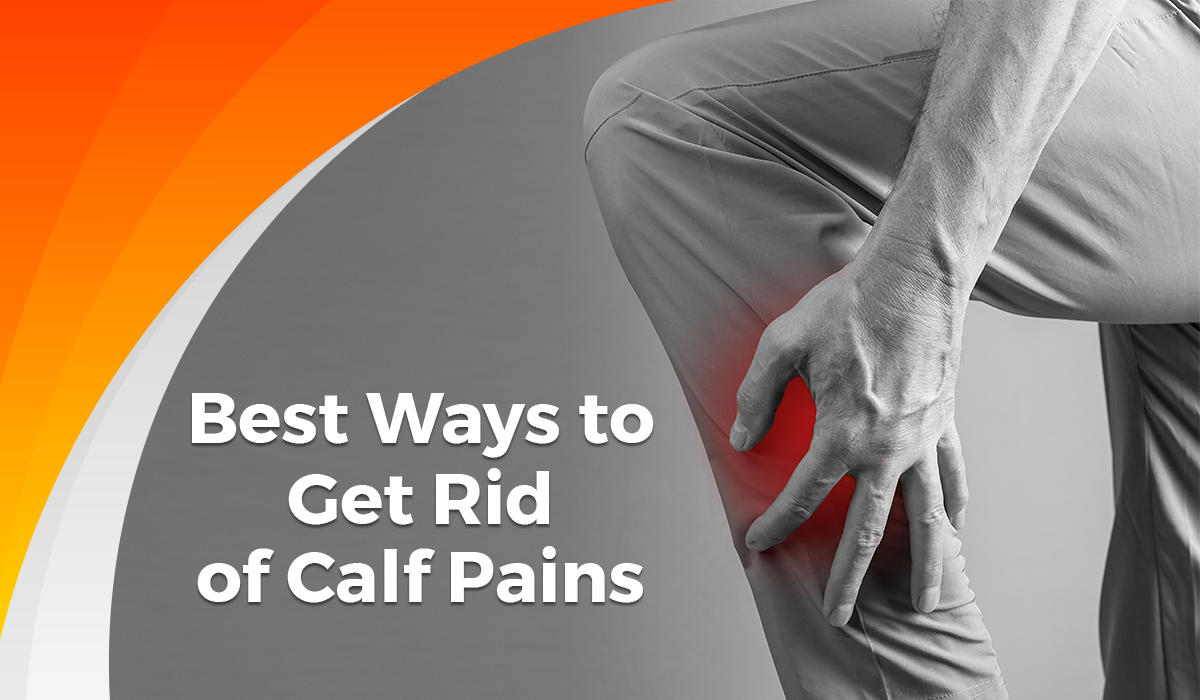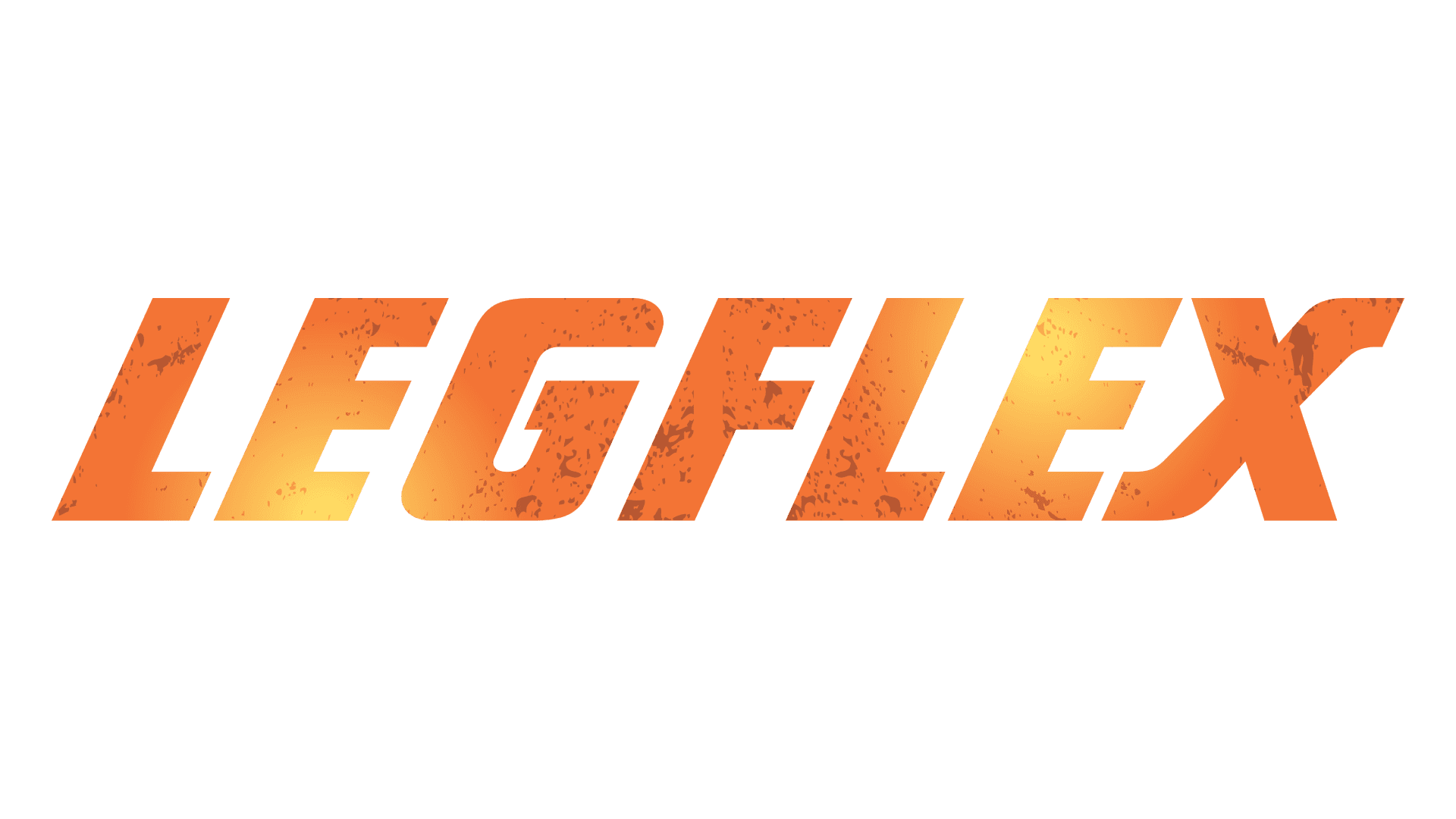
Jan 17 , 2023
Everyone will have to experience leg pain at some point in their lives. The frequency of discomfort in one's daily life can be influenced by several variables, including engaging in physical activity and having a chronic disease. However, there are times when the discomfort is so intense that carrying out even the most basic tasks can seem impossible. Leg injuries seem more serious since they make it harder to do essential tasks, such as getting out of bed.
There are numerous potential causes of calf pain. An unpleasant sensation known as "calf pain" develops in the fatty tissue that is situated on the back of the lower leg. It could start just below the knee or reach as far as the lower thigh. Our calves' muscles, ligaments, nerves, veins, and tendons can cause pain. Our calves are also situated below our knees. In this article, we'll talk about the various causes and treatments for calf pains:
Cause of Calf Pain:

Your symptoms, the location of the pain, and any underlying medical conditions may all be factors in figuring out what's causing your calf pain.
Cramping, which happens when the muscles rapidly contract in a short time, often makes the calf uncomfortable. This might occur if you've just begun a new fitness regimen, are dehydrated, or need more of a certain mineral in your diet. The cramps typically disappear fast on their own.
Tendonitis is the medical term for inflammation of the Achilles tendon.
When you have sciatica, you experience problems with the nervus ischiadicus, which controls your lower leg.
An indication of a bump or bruise.
Your hands, feet, arms, and legs are affected by diabetic peripheral neuropathy, defined by nerve damage.
Deep vein thrombosis, or DVT for short, is when a clot develops inside the deep veins of the arm or leg. This frequently qualifies as a life-threatening medical emergency. Consult a doctor or a physical therapist right away for advice.
When the gastrocnemius and soleus muscles, which make up the calf, are strained or injured, this condition is known as a calf strain. They connect at the Achilles tendon, which is joined to the heel bone's rear. When one of these lower leg muscles is strained or torn, the ailment is described as a "calf strain."
You will often have severe calf discomfort and possible popping, snapping, or tearing sensations. The following signs and symptoms could potentially be present in calf strain patients:
- A sudden, severe ache in the middle of the back leg.
- Your calf stiffens and weakens as soon as you begin to move.
- You find it challenging to balance on the tips of your toes.
- You might see a bruise forming on your calf within a day or two.
Treatment
In many cases, people can relieve their calf pain at home without the help of a medical expert.
Treatment for muscle spasms on your own

-
Always begin and complete an exercise routine with a warm-up and stretching.
-
You can prevent dehydration by consuming between eight and twelve glasses of water daily.
-
Regularly stretch and massage your legs.
-
Learn more about the various stretching techniques.
Getting Sports Injuries Treated

Some acronyms that have evolved to direct the management and treatment of injuries are Rest, Ice, Compress, and Elevate. By imposing movement limitations for one to three days, one should make every effort to protect the affected area.
Make sure your leg is higher than your heart when standing on one leg.
NSAIDs (Nonsteroidal anti-inflammatory drugs) should be avoided:

Nonsteroidal Anti-inflammatory Medications may impair tissue healing and repair over the long term when used to treat inflammation.
By taping or bandaging the damaged area, apply pressure there by using the compression technique.
Physical therapists must inform patients and the general public about the benefits of engaging in active recovery.
Load: A person with musculoskeletal diseases should move the parts of their body that are affected by physical activity.
Exercise: By exercising the muscles in various ways, exercise helps improve mobility and strength quickly after an injury.
Optimism: More optimistic expectations are associated with better prospects and a recovery.
Vascularization: It is advised to start an aerobic exercise program a few days after an injury to boost motivation and improve blood flow to the injured tissues.
People who need clarification about the best strategy should speak with their primary care physician about their worries.
A person should see a doctor specializing in the disease if the discomfort persists for longer than three days, even though some painkillers, such as acetaminophen, can be beneficial.
Issues with the Circulation

Medical experts advise the following to reduce cardiovascular risk factors:
- Putting an end to or avoiding tobacco use
- Reducing those few extra pounds, controlling blood sugar, cholesterol, and fat levels, and gaining control over blood pressure
Stress reduction, to the extent that it is possible, regular exercise, and a good diet are all crucial. A differential diagnosis technique can be useful in limiting the number of alternatives, assessing whether some putative causes are acceptable, and facilitating prompt treatment.

